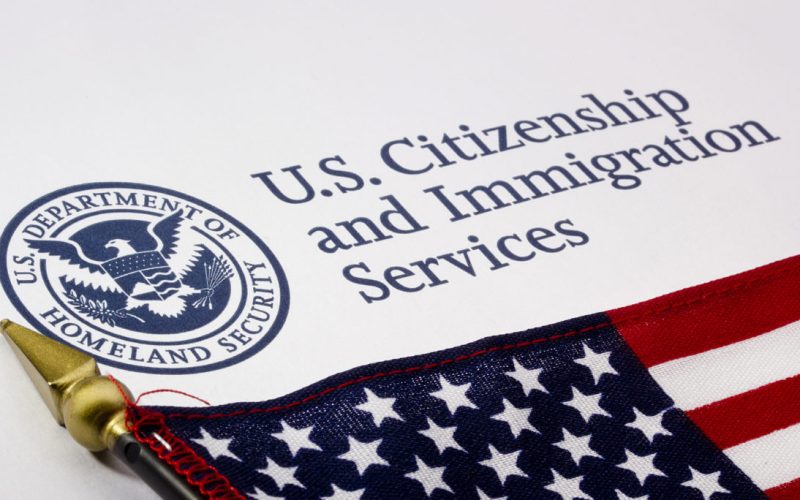US Immigration Policy has evolved over time, shaped by historical events and societal changes. The United States has a long history of immigration, with waves of immigrants coming to the country seeking a better life. The Immigration Act of 1924, for example, restricted immigration from certain countries and set quotas based on nationality. This legislation was influenced by the rise of nativism and xenophobia in the early 20th century.
Historical context influences current US Immigration Policy shifts, as policymakers look to past legislation and trends to inform their decisions. The Immigration and Nationality Act of 1965, for instance, abolished the national origins quota system and established a preference system based on family reunification and skilled labor. This legislation reflected a shift towards a more inclusive and diverse immigration policy.
Key Legislation Impacting Immigration

Key legislation shapes US Immigration Policy by setting the legal framework for who can enter the country and under what circumstances. The Immigration Reform and Control Act of 1986, for example, granted amnesty to undocumented immigrants who had been living in the United States since before 1982. This legislation demonstrated a willingness to address the issue of undocumented immigration through a combination of enforcement and legalization.
Legislation impacts shifts in US Immigration Policy by addressing changing needs and priorities. The Illegal Immigration Reform and Immigrant Responsibility Act of 1996, for instance, increased penalties for immigration violations and expanded the grounds for deportation. This legislation reflected a shift towards a more enforcement-oriented approach to immigration policy.
Changes During the Obama Administration
During the Obama Administration, significant changes were made to US Immigration Policy, including the implementation of Deferred Action for Childhood Arrivals (DACA). DACA allowed undocumented immigrants who came to the United States as children to apply for temporary protection from deportation and work authorization. This policy was designed to provide relief to a vulnerable population of immigrants.
The Obama Administration also increased its focus on deporting criminals over other immigrants, prioritizing the removal of individuals who posed a threat to public safety. This shift in enforcement priorities aimed to target those who had committed serious crimes while allowing other immigrants to remain in the country.
Trump Administration’s Immigration Reforms
The Trump Administration had a significant impact on US Immigration Policy, implementing a series of changes aimed at reducing both legal and illegal immigration. These changes included the travel ban on several predominantly Muslim countries, the termination of DACA, and the implementation of stricter enforcement measures at the border.
Changes in US Immigration Policy under the Trump Administration reflected a more restrictive approach to immigration, with an emphasis on border security and reducing legal immigration levels. The administration also sought to limit asylum claims and crack down on sanctuary cities that refused to cooperate with federal immigration authorities.
Biden Administration’s Immigration Policies
Since taking office, the Biden Administration has worked to reverse many of the changes made to US Immigration Policy under the Trump Administration. Through executive orders, President Biden has reinstated DACA, halted construction of the border wall, and rescinded the travel ban on several Muslim-majority countries. These actions signal a shift towards a more humane and inclusive approach to immigration policy.
The Biden Administration’s immigration policies reflect a commitment to addressing the needs of immigrants and refugees, while also upholding the rule of law. The administration has pledged to work with Congress to pass comprehensive immigration reform that provides a pathway to citizenship for undocumented immigrants and strengthens border security.
Impact on Undocumented Immigrants
The recent shifts in US Immigration Policy have had a significant impact on undocumented immigrants, many of whom live in fear of deportation and separation from their families. Detention centers have become overcrowded as a result of stricter enforcement measures, leading to concerns about the treatment of immigrants in federal custody.
Undocumented immigrants face heightened risks under the current immigration system, with increased enforcement efforts and limited options for legal relief. Many immigrants are forced to live in the shadows, unable to access essential services or fully participate in society due to their immigration status.
Future Projections and Policy Recommendations

Looking ahead, the impact of US Immigration Policy on the economy and society will continue to be a topic of debate and discussion. Immigration has long been a driving force behind economic growth and cultural diversity in the United States, and policymakers must consider the long-term implications of their decisions on the immigrant population.
Policy recommendations for addressing humanitarian concerns in US Immigration Policy include expanding access to legal services for immigrants, increasing oversight of detention facilities, and providing pathways to citizenship for undocumented immigrants. By prioritizing the needs of immigrants and refugees, policymakers can create a more just and equitable immigration system for all.












